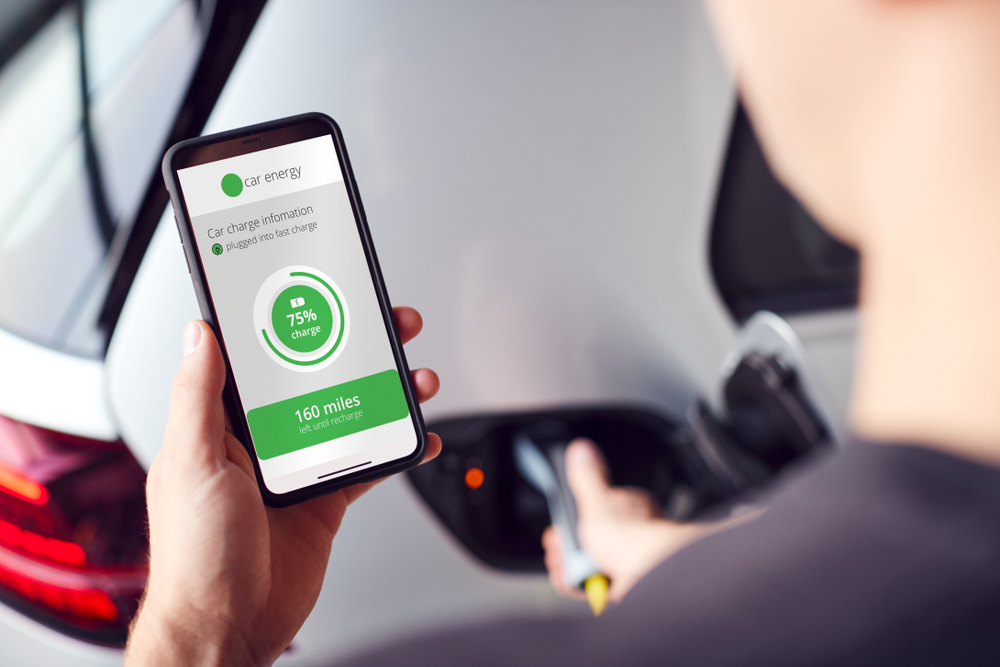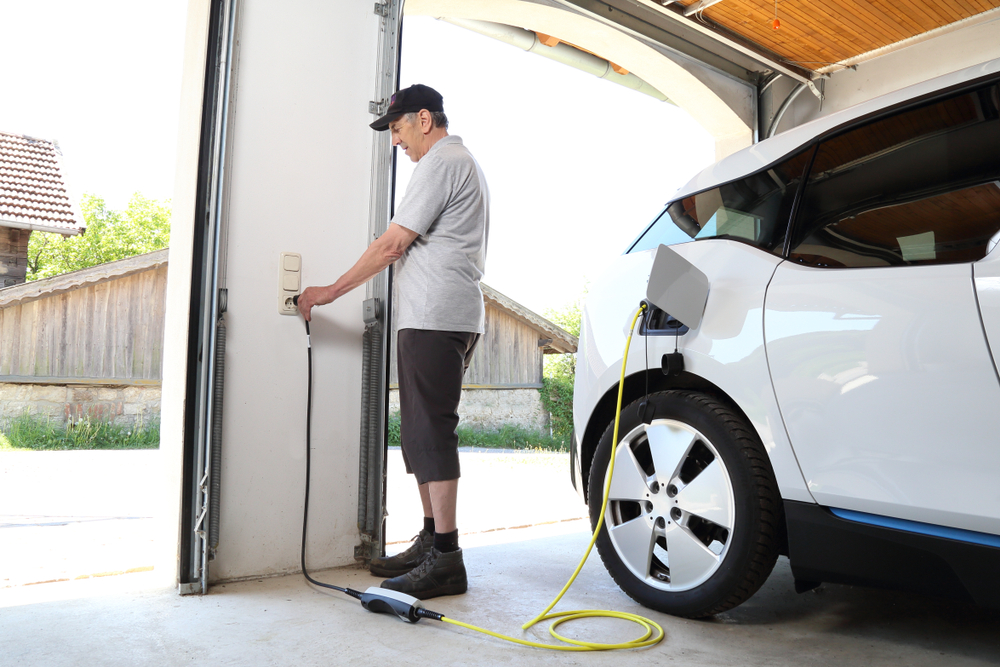What is the Most Energy-Efficient Vehicle?
Homeowners trying to live their greenest, cleanest and eco-friendliest life might have started upgrading their home to make it more energy efficient. They also might be focused on energy conservation, too. Yet, while the home is part of the individual’s carbon footprint, the cars that they drive also contribute to this mark on the planet.
Standard vehicles use fossil fuels that add pollution to the air. Those who are trying to go green might be committed to driving a cleaner vehicle. While hybrid vehicles are more fuel efficient, they still require fossil fuels. What is the most energy-efficient vehicle? Homeowners might plug-in to electric to live their eco-best life.
Before shopping for an electric vehicle, car buyers might consider the following:
- The vehicle’s range
- Their budget
- Driving habits
- Charging options
- Vehicle availability

About the Range of Electric Vehicles
While car buyers are used to focusing on the miles per gallon stats for their daily drive, electric cars don’t use fuel. How can the driver understand the energy efficiency of the model? One of the stats that buyers for electric models might focus on for electric vehicles is the estimated range.
The range denotes how far the vehicle can drive on a fully charged battery. Range lengths vary per vehicle. Currently, the Lucid Air Dream Edition offers the longest range on the market—520 miles. However, buyers can no longer order this model.
Several Tesla models offer ranges of more than 300 and 400 miles. The Model S offers an estimated range of 405 miles. However, it also comes with a price tag of more than $100K.
The Model 3 Long Range offers an estimated range of 358 miles and is priced at $57,990. Tesla’s Model 3 rear-wheel drive model is one of the lowest-priced options in the lineup; it is $46,990 and has an estimated range of 272 miles.
Some vehicles like the Mini Cooper EV offer a shorter range; the Mini offers an estimated range of 114 miles. There are many vehicles that offer average ranges of 200 to 300 miles.
Buyers might feel range anxiety when shopping for electric models. This is a term that refers to the fear of a battery not driving far or losing battery power on the drive; it also could refer to the fear of not being able to locate a charging station.
When shopping for an electric vehicle, buyers need to know how far they reasonably drive during the day. This can help them find a vehicle with a suitable and comfortable range. As different factors impact fuel efficiency, the range of the vehicle also could be impacted by the following issues:
- Towing or carrying heavy weights
- Driving uphill
- Using the air conditioner or heat
- Idling
- Driving at fast speeds
The Budget Impacts a Buyer’s Electric Options
Some electric models like a few Tesla models cost six figures. Others are more budget-friendly. The least expensive electric vehicle is the Nissan Leaf, which starts at $27,400.
Buyers could find that even the least expensive model is out of their budget. While shopping for new models could be too expensive, buyers also could opt to look at used or pre-owned models to find something in their price range.
Driving Habits Impact the Price
Buyers who drive long distances every day might need to find a vehicle with a longer range. Some car buyers need a vehicle with lots of space and could consider an electric SUV.
Driving habits and the needs of the buyer all can impact the electric vehicle that’s best for them. Before looking at electric models, understand the needs of the vehicle—and don’t forget about cargo space requirements, too.
For buyers who need space for a larger family, there are three electric SUVs that offer three rows of seating: the Tesla Model X, Tesla Model Y Long Range, and the Rivian R1S. Buyers should note that the Tesla Model X Plaid only has space for six, while the standard Model X has space for seven.

Understand Charging Options
There are three ways that an electric car owner can charge their car; they can use the level 1 charger (that is sometimes included with the purchase), they can install a level 3 charger or they can use a public charging station.
A level 1 charger might be the cheapest and most convenient. Unfortunately, it takes longer to fully charge a dead battery; some cars might require 20 hours of charging via a level 1 to fully regenerate. Level 1 chargers are convenient as they can be plugged into a standard outlet.
A level 2 charger is an upgrade; this charger will need to be installed by the homeowner, and it can be expensive. In addition, the level 2 charger requires a 240-volt outlet. Some homes aren’t equipped with this and require an electrician to professionally upgrade the wiring.
Some car owners might decide to just charge their car at a public charging station. However, not all areas offer convenient charging stations. While some manufacturers also offer free charging for a period of time at participating public stations, some stations can be costly when car owners need to pay for their electricity.
Not All Vehicles are Available
Car shoppers also need to be aware that not all electric vehicles that they might see advertised are still available to order. For example, Ford released its electric F-150 Lightning pickup truck, but the truck is no longer available to order because demand was so high. Before getting excited about an electric model, buyers should research the availability. They might want to have a few backup options in mind.
For homeowners that are committed to living a green lifestyle, upgrading their vehicles to an electric model could further reduce their carbon footprint. There are many electric options on the market, but buyers need to research their choices to be sure that the car is the best electric model for their lifestyle and budget.


